
|
The Dark Age between the end of the Western Roman Empire and the High Middle Ages is characterised by a dearth of written records. This means that the early history of many of the Tuscan Abbeys, Basilicas, Monasteries, Hermitages and Parish Churches throughout the area now known as Tuscany is not recorded and they make their first documented appearance in the 10 C. Examination of the structures themselves together with archaeological investigation shows that some of these buildings have had a more or less continuous physical existence since the time of Roman buildings on the same sites while others originated during the dramatic population increase that occurred during the High Middle ages. (This population increase peaked around 1250 and was reversed by the Black Death that killed at least a quarter of Europe's population between 1347 to 1350 - an estimated 25 million people.) In much of Europe, buildings were constructed of timber during the Early Middle Ages, with a resurgence of stone construction for important buildings during the 9 C. However, masonry construction was not extinguished in Italy during this period so that many of the abbeys and churches of Tuscany contain elements that are extremely old. This is in large part because straight timber was scarce while stones suitable for building are plentiful: I should know - my campo is still full of them. |
Certosa
(Charterhouse) del Galluzzo
near Florence
More about the Certosa del Galluzzo
Click
the link below for a tour of the
Romanesque
parish churches of Chianti.
Tuscan Basilicas |
|
|
|
|
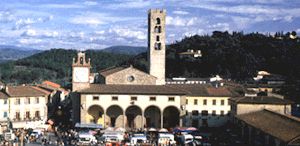 |
|
|
Tuscan Mediaeval Parish Churches (Pievi) |
|
|
|
|
• Pieve di San Giorgio a Bràncoli located about 10 km from Lucca and contructed on the site of a Roman temple dedicated to Apollo. An almost pure Romanesque parish church dating from the 11 C although a church existed here as early as 767. Deinitely worth a visit if you're in the area. |
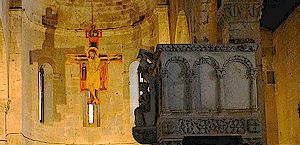 |
|
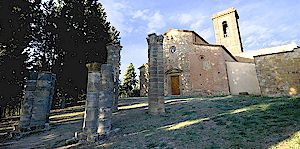 |
|
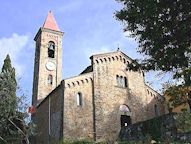 |
|
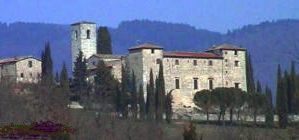 |
|
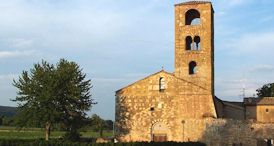 |
|
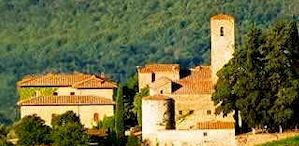 |
|

|
|
|
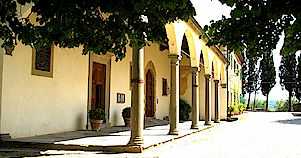
|
|
|
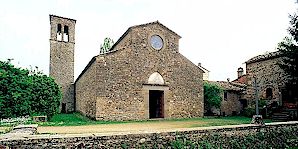
|
|
|
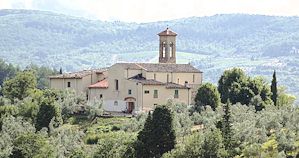
|
|
|
|
Tuscan Abbeys (Abbazie, Abbadie) |
|
|
|
|
|
|
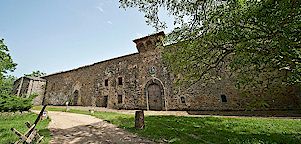
|
|
|
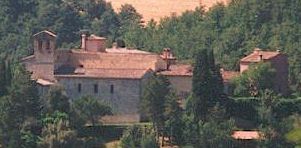 |
|
|
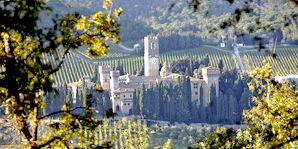 |
|
|
 |
|
|
 |
|
|
 |
|
|
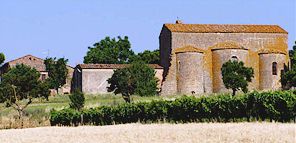 |
|
|
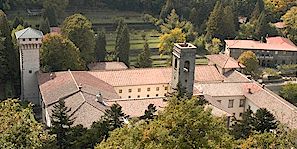 |
|
|
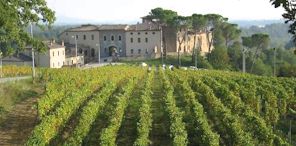 |
|
|
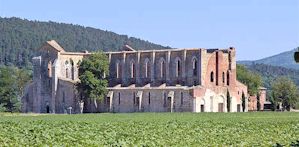 |
|
|
 |
|
|
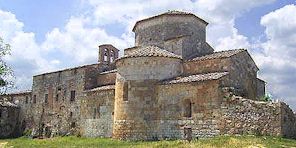 |
|
|
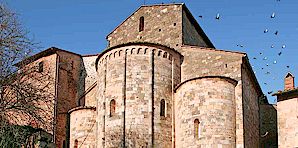 |
|
|
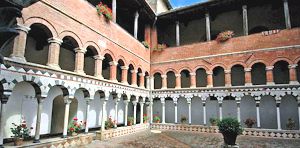 |
|
|
|
Tuscan Monasteries (Monasteri) |
|
|
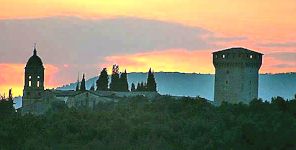 |
|
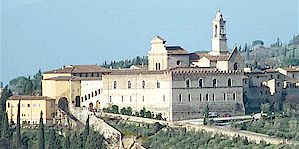 |
|
|
 |
|
|
 |
|
|
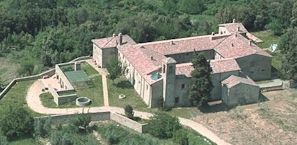 |
|
|
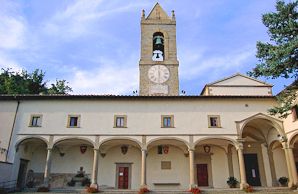 |
|
|
|
Tuscan Hermitages (Eremi) |
|
|
 |
|
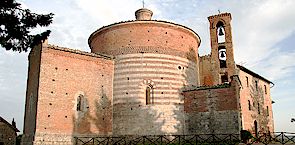 |
|
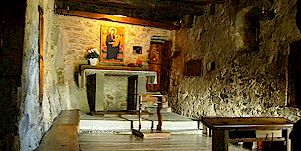 |
|
|
 |
|
|
 |
The fascinating wine zone of Chianti, Italy
Abbeys of Tuscany © ammonet InfoTech 2006 - 2025 All rights reserved.